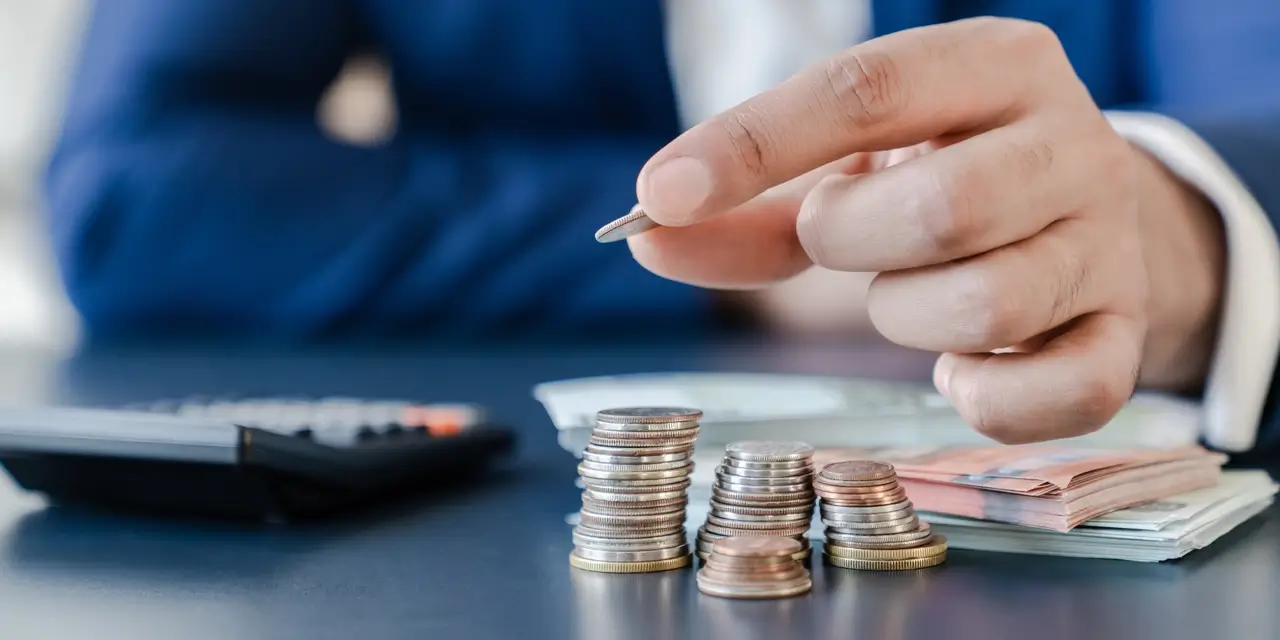Registered Retirement Savings Plans (RRSPs) and Tax Free Savings Accounts (TFSAs) are both great tax-sheltered ways to save and invest.
The difference between the two lies in their tax treatment, but they are really mirror images of each other. With a TFSA you make the contribution in after-tax dollars, while with the RRSP you get a tax break now and pay the tax later.
The RRSP advantage
When you make an RRSP contribution, you get the deduction (42.5 cents per $1 at the average tax rate) and the investment grows tax-free. You pay tax when money is withdrawn, often beginning at age 71 when RRSPs must be converted to a Registered Retirement Income Fund (RRIF). A RRIF is essentially an RRSP in reverse. The rules require you to withdraw a certain amount each year so that Ottawa can get its tax back.
The TFSA advantage
A TFSA contribution is made with after tax dollars. There is no deduction, but the money grows free of tax and can be withdrawn free of tax. That’s why Wealthy Barber author David Chilton says TFSAs are the ‘Totally Fantastic Savings Account.’
TFSA’s were introduced in 2009 with a $5,000 limit that grows with inflation. The contribution limit for for 2024 is $7,000.
Unused TFSA contribution room can be carried forward and any amounts withdrawn in the current year can only be put back in the following year. For someone who has never contributed and has been eligible for the TFSA since its introduction the accumulated room is $88,000 in 2023 and will increase to $95,000 in 2024.
RRSP vs TFSA
The RRSP and TFSA are registered accounts that can help Canadians reach their investment goals over the long term. However, which one is right for you is dependant on your age, life cycle stage and investment goals. Either way, as we live longer and fewer among us can count on company pensions, personal saving must fill the gap.
This Globe and Mail article argues that some Canadians are putting money in an RRSP when a TFSA would be more well suited to their needs.
The article argues that young people are enthusiastic about TFSA. Even still, many may be over utilizing RRSPs at the early stage of their investment life. Young investors can look forward to a modest tax deduction when contributing to an RRSP. However, a contribution to a TFSA lets you wrap up any tax concerns from the beginning.
Harvest Portfolios Group ETFs are RRSP, RRIF and TFSA eligible and are growth oriented along with a dependable income streams in all business conditions.
Read more about Harvest Portfolios Group funds here.











